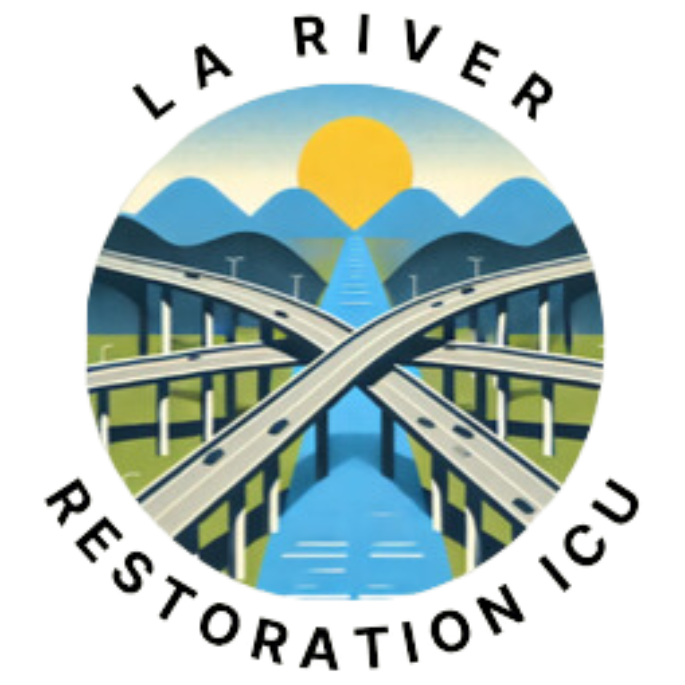Understanding the Health Risks
The Los Angeles River carries pollutants that pose health hazards to local residents, river visitors, and beachgoers downstream. While industrial runoff and urban pollution are well-known threats, pet waste and human waste are significant but often overlooked contributors to contamination.
Key Health Risks:
Bacterial Contamination: High levels of E. coli, fecal coliforms, and other pathogens from human and animal waste can lead to skin infections, gastrointestinal illness, and respiratory issues.
Toxic Runoff: Pet waste contains nitrogen and phosphorus, contributing to harmful algal blooms. Human waste, often introduced through homeless encampments or failing sanitation systems, adds pharmaceuticals, pathogens, and other contaminants.
Groundwater Contamination: Leaching from waste deposits seeps into groundwater, affecting drinking water and the river ecosystem.
Vector-Borne Diseases: Stagnant water mixed with waste breeds mosquitoes carrying West Nile Virus, Zika, and other diseases.
Beach Contamination: Pollutants flow downstream, frequently triggering beach closures at Long Beach and nearby coastal areas.
Pollutants in the LA River
Human & Animal Waste: Major sources of fecal bacteria, with waste washed into storm drains during rain events.
Chemical Pollutants: Heavy metals, pesticides, petroleum residues, and industrial runoff.
Plastics & Microplastics: Urban trash breaks down into harmful microplastics.
Nutrient Overload: Excess nitrogen and phosphorus spur algal blooms that deplete oxygen levels.
What Can Be Done?
1. Pet Waste Management
Install Pet Waste Stations in parks and along riverside trails.
Launch Public Awareness Campaigns promoting responsible disposal.
Incentivize Compliance with community programs and local business partnerships.
2. Addressing Human Waste Pollution
3. Stormwater & Runoff Control
Expand Bioswales and Rain Gardens to filter runoff.
Implement Permeable Pavement projects to reduce water flow into storm drains.
Develop Green Alley Programs to divert runoff from pollution pathways.
4. Vector Control Initiatives
Improve water flow to reduce stagnant pools.
Introduce Native Fish to control mosquito larvae.
Work with the Greater LA County Vector Control District on proactive mosquito management.
The Master Plan’s Approach & Timeline
The LA River Master Plan (2022) provides a 50-year roadmap, but certain areas require accelerated timelines to address immediate health concerns prior to the 2028 Olympics in Los Angeles.
Key Master Plan Goals:
Floodplain Restoration: Natural filtration and flood risk reduction.
Water Quality Monitoring: Increase real-time data points for pollutants like E. coli.
Vector Control: Embed design elements that minimize stagnant water.
Public Education Campaigns: Raise awareness on waste impacts.
Critical Milestones:
Reach 8A Fish Passage Project (2024-2025): Improve water flow, reduce stagnation.
LA28 Olympics: Complete key pollution control measures to avoid beach closures and health advisories during the event.
Where Timelines Are Too Lax:
Stormwater Management Upgrades should be fast-tracked in high-traffic zones.
Mobile Sanitation Facilities near homeless encampments must be expanded by 2026.
Pet Waste Campaigns can launch immediately with city partnerships.

